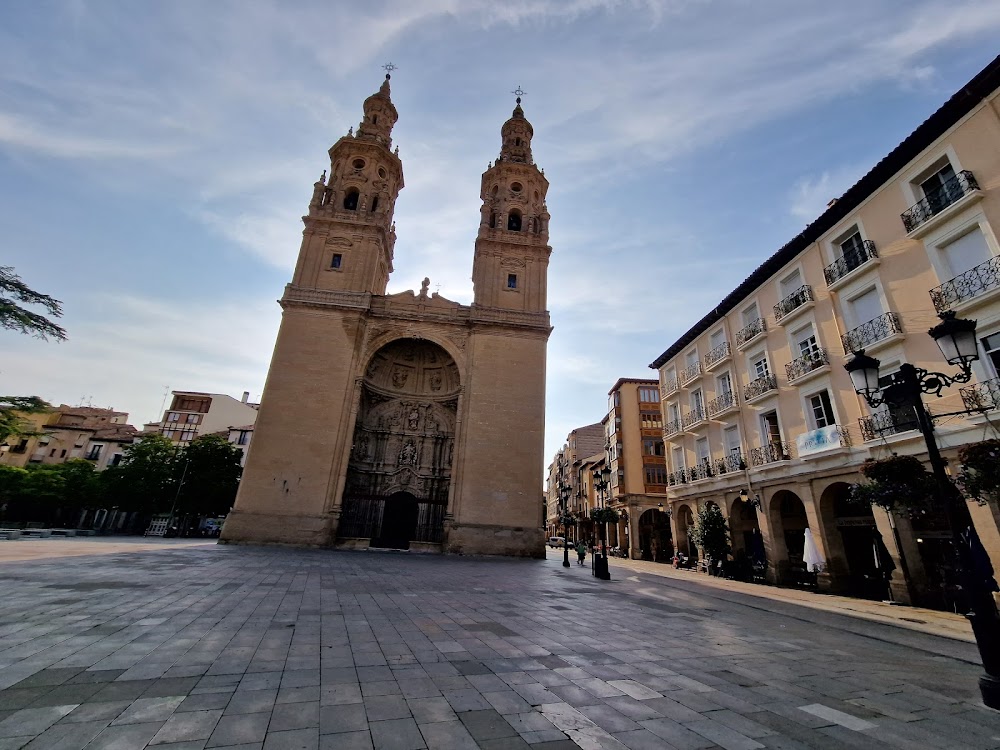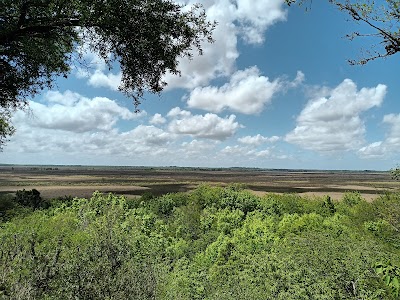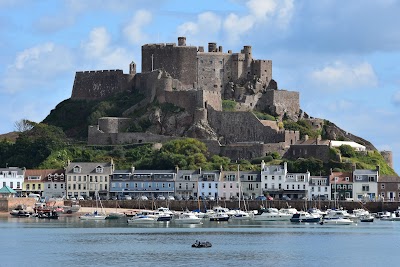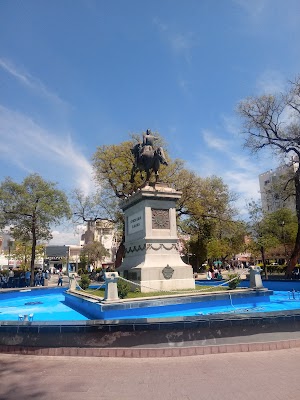City of La Rioja (Ciudad de La Rioja)
Overview
Logroño, nestled in the heart of La Rioja, Argentina, is a city rich with history and culture. Its origins trace back to the colonial period when Spanish settlers first arrived in the region. The name "Logroño" pays homage to a city in Spain, showcasing the settlers' deep-rooted connections to their homeland.
Initially established as a small agricultural settlement, Logroño thrived due to La Rioja's fertile soil and favorable climate, ideal for growing grapes, olives, and a variety of fruits. The emergence of wine production quickly transformed the region into a significant industry, with local vineyards producing some of Argentina's most celebrated wines. This success attracted more settlers and investment, spurring the growth of Logroño into a vibrant community.
The late 19th century marked a turning point for Logroño with the arrival of the railway system, which dramatically enhanced the city's development. This vital infrastructure connected Logroño to other parts of Argentina, streamlining trade and transportation. As a result, new businesses and industries sprouted, stimulating the local economy and paving the way for further expansion.
As the 20th century unfolded, Logroño experienced steady population growth and urban development. To accommodate the increasing demands of its citizens, new public buildings, including schools, hospitals, and municipal offices, were constructed. The cityscape evolved, featuring a blend of traditional Spanish architecture alongside modern styles, reflecting its historical roots while embracing contemporary aspirations.
Logroño's cultural vibrancy flourished in tandem with its economic growth. Festivals, music, and dance became integral to the local identity. Among its most famous celebrations is La Fiesta de la Vendimia, honoring the grape harvest and winemaking traditions. This lively event features parades, folk music performances, and traditional dances, offering a glimpse into the rich heritage of Logroño and its residents.
Education has played a pivotal role in shaping Logroño's success. Local schools and colleges have historically prioritized education, cultivating a well-informed and skilled workforce. This commitment to learning has enabled the city to adapt to technological advancements and changing economic landscapes, ensuring its continued growth and relevance.
Today, modern Logroño beautifully balances charm and contemporary development. Ongoing upgrades to infrastructure, including new roads and public amenities, have enhanced the quality of life for residents. Despite these changes, the city has preserved its historical and cultural essence, creating a harmonious coexistence of past and present.
Tourism is a vital aspect of Logroño's identity, attracting visitors eager to explore its unique blend of history, culture, and natural beauty. The surrounding vineyards and wineries offer tours and tastings, providing insights into the region's winemaking heritage. Additionally, historical landmarks, museums, and art galleries enrich the cultural experience for both tourists and locals alike.
Logroño stands as a testament to the resilience and ingenuity of its people. From its humble beginnings as an agricultural settlement to its evolution into a thriving city, it embodies the spirit of development and community. The story of Logroño is one of continuous growth—deeply rooted in tradition while embracing the future.








